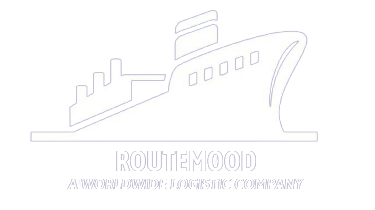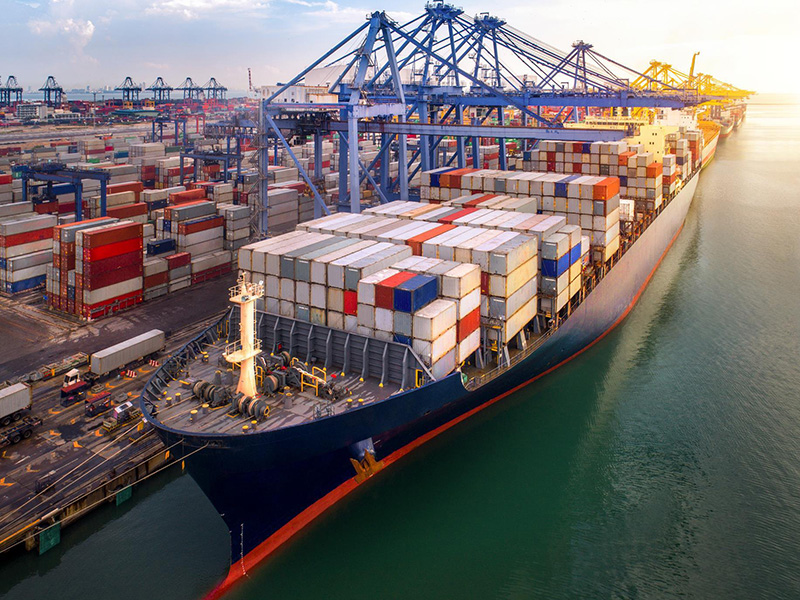Sea freight is one of the oldest and most reliable modes of transportation for goods, with ships transporting cargo across oceans and seas for centuries. In today’s global economy, sea freight is still a critical component of international trade, with many businesses relying on this mode of transport to move their goods around the world. In this blog post, we’ll cover everything you need to know about sea freight shipping.
What is Sea Freight Shipping? Sea freight shipping involves the transportation of goods via ocean vessels. This mode of transport is ideal for large, heavy, or bulky items that would be too costly to transport by air or land. Sea freight shipping can be divided into two categories: full container load (FCL) and less than container load (LCL). FCL means the entire container is dedicated to one shipment, while LCL means the shipment is consolidated with other cargo in the same container.
Advantages of Sea Freight Shipping Sea freight shipping offers several advantages over other modes of transport, including:
- Cost-effective: Sea freight shipping is often more affordable than air freight or land transport, making it a great option for businesses looking to reduce shipping costs.
- Suitable for large shipments: Sea freight is ideal for transporting large or heavy items that would be too costly to transport by air or land.
- Reliable: Shipping by sea is typically more reliable than other modes of transport, as ships follow fixed schedules and are less affected by weather conditions.
- Environmentally friendly: Sea freight shipping produces fewer carbon emissions compared to other modes of transport, making it a more sustainable choice for businesses.
Disadvantages of Sea Freight Shipping While sea freight shipping offers many advantages, it also has some disadvantages, including:
- Longer transit times: Sea freight shipping is generally slower than air freight or land transport, with transit times ranging from several days to several weeks or even months.
- Limited accessibility: Sea freight shipping is limited to ports and harbors, which can make it difficult to transport goods to certain locations.
- Dependence on weather conditions: While ships are less affected by weather conditions compared to other modes of transport, they can still be delayed or disrupted by severe weather.
- Documentation and customs clearance: Sea freight shipping requires extensive documentation and customs clearance procedures, which can be time-consuming and complex.
In conclusion, sea freight shipping is a cost-effective and reliable mode of transport for businesses looking to move large or heavy goods around the world. While it has some disadvantages, these can be mitigated with proper planning and logistics support. If you’re considering sea freight shipping for your business, it’s important to work with a trusted logistics provider like Routemood to ensure your shipments are handled safely and efficiently.






